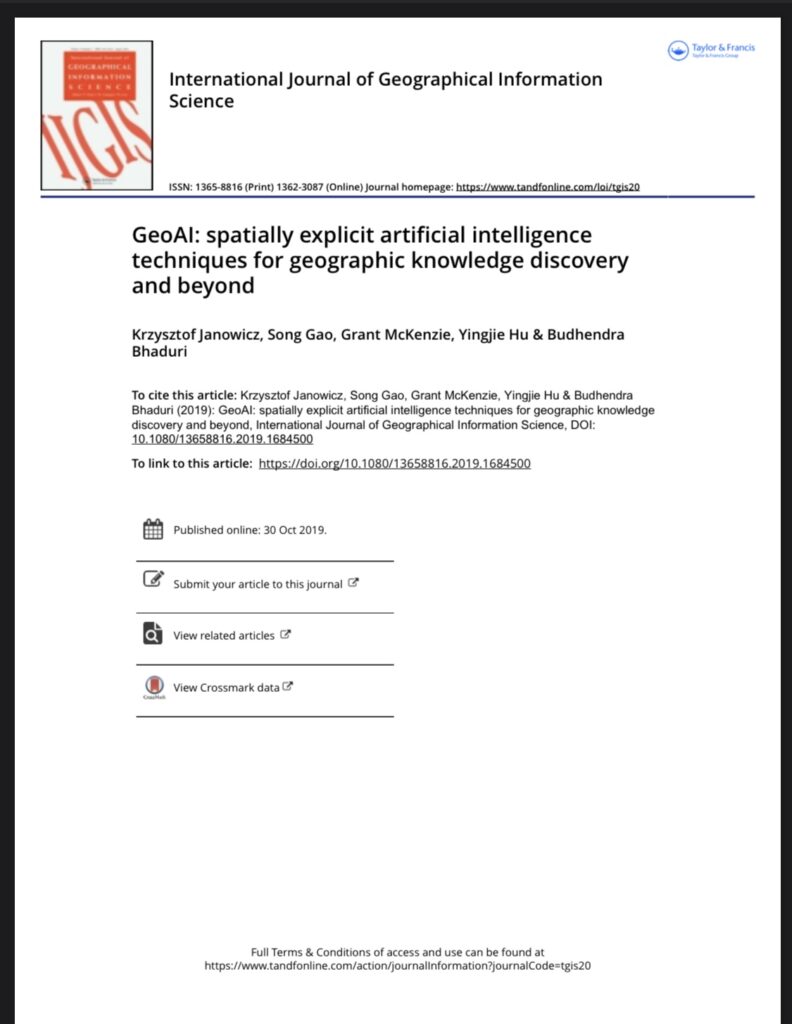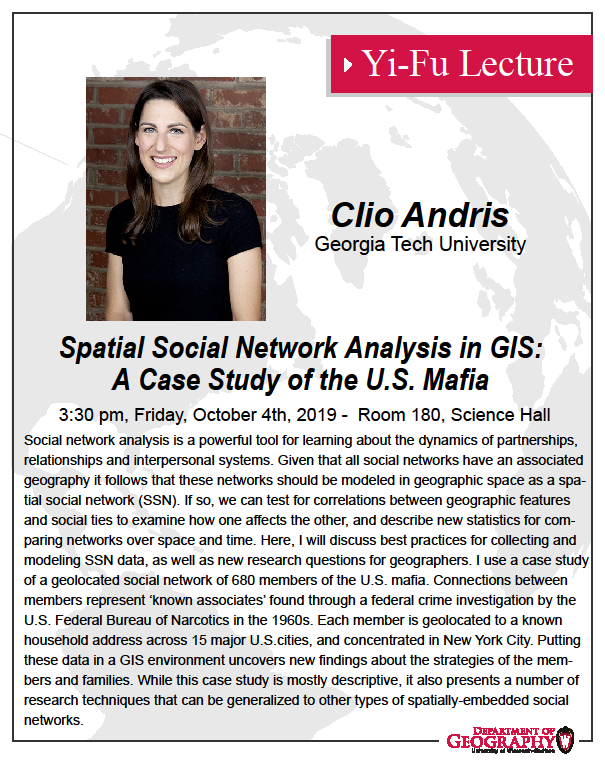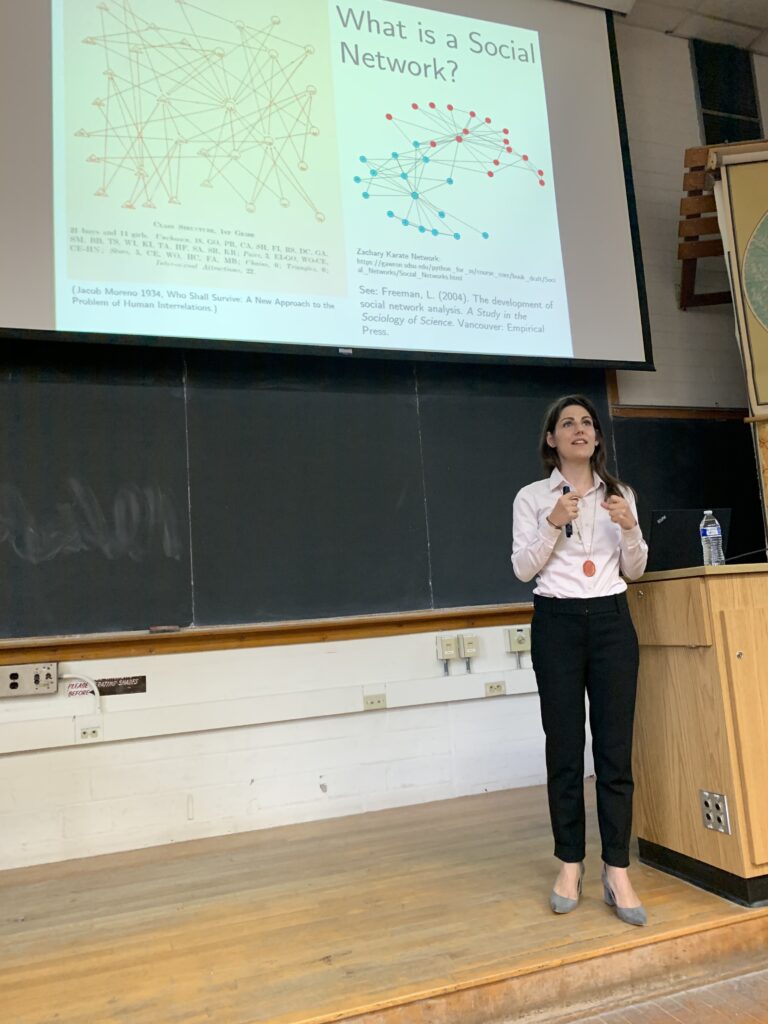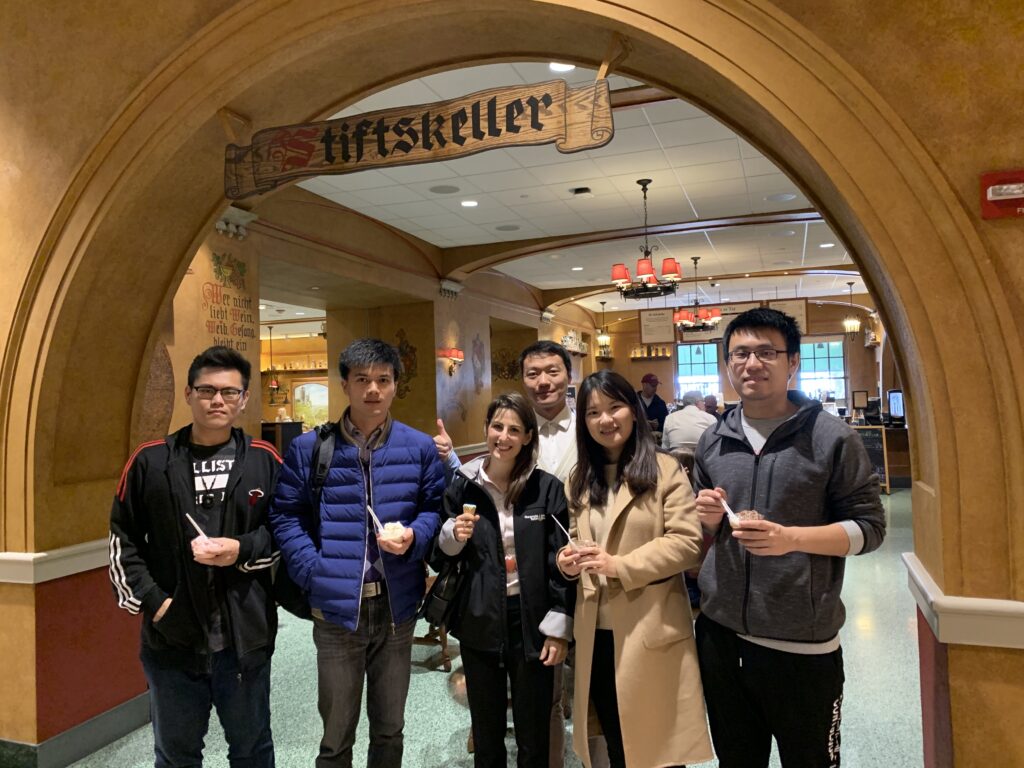Reference: Wei Kang, Taylor Oshan, Levi J Wolf, Geoff Boeing, Vanessa Frias-Martinez, Song Gao, Ate Poorthuis, Wenfei Xu. (2019) A roundtable discussion: defining urban data science. Environment and Planning B: Urban Analytics and City Science. 46(9), 1756-1768. DOI: 10.1177/2399808319882826 [PDF]
Abstract:
The field of urban analytics and city science has seen significant growth and development in the past 20 years. The rise of data science, both in industry and academia, has put new pressures on urban research, but has also allowed for new analytical possibilities. Because of the rapid growth and change in the field, terminology in urban analytics can be vague and unclear. This paper, an abridged synthesis of a panel discussion among scholars in Urban Data Science held at the 2019 American Association of Geographers Conference in Washington, D.C., outlines one discussion seeking a better sense of the conceptual, terminological, social, and ethical challenges faced by researchers in this emergent field. The panel outlines the difficulties of defining what is or is not urban data science, finding that good urban data science must have an expansive role in a successful discipline of “city science.” It suggests that “data science” has value as a “signaling” term in industrial or popular science applications, but which may not necessarily be well-understood within purely academic circles. The panel also discusses the normative value of doing urban data science, linking successful practice back to urban life. Overall, this panel report contributes to the wider discussion around urban analytics and city science and about the role of data science in this domain.




